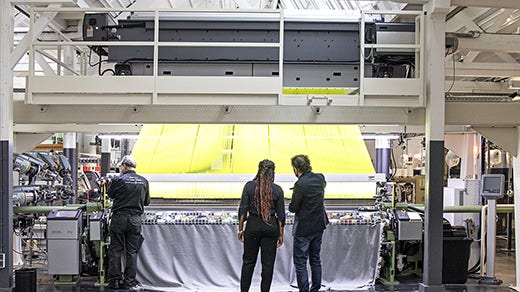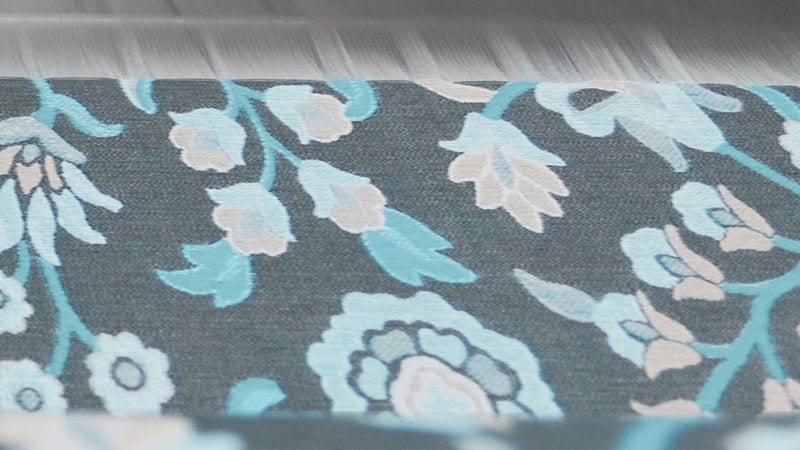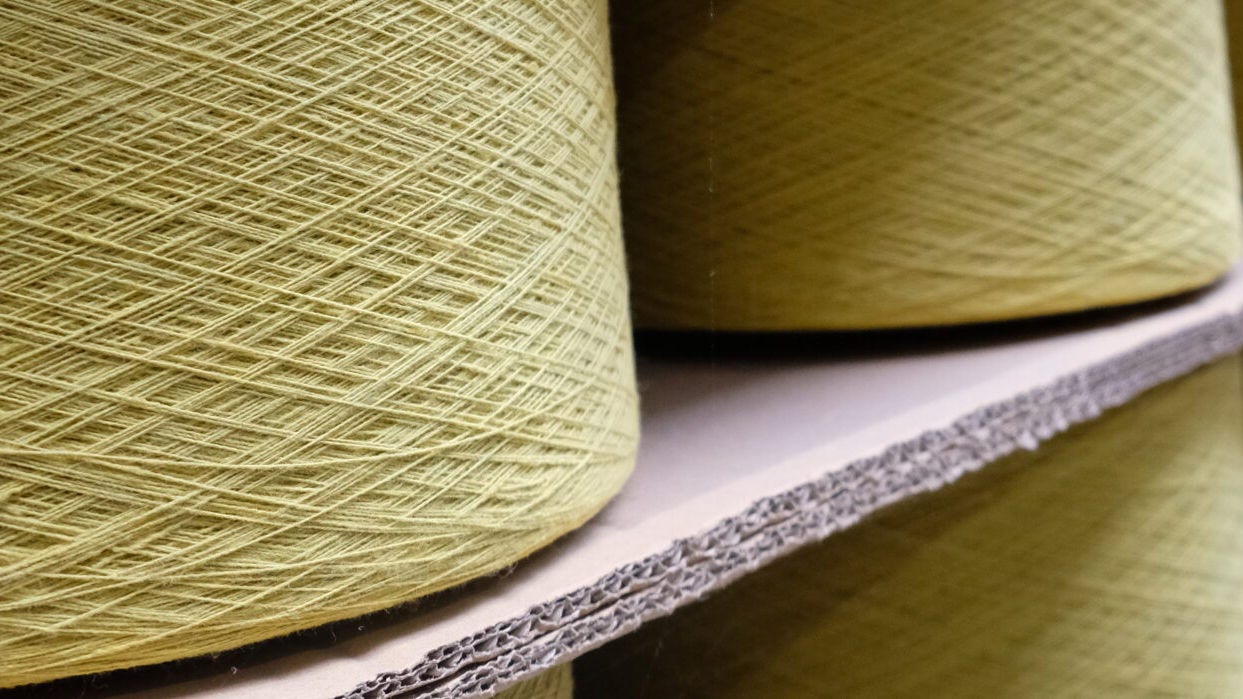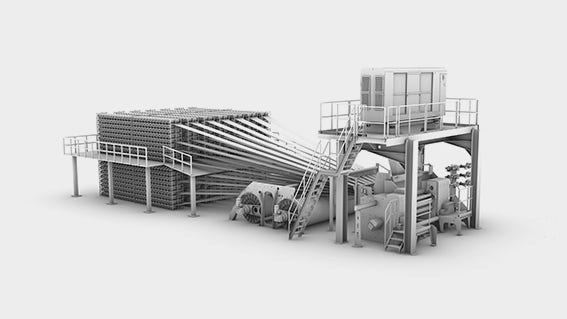Exploring the future in textiles – TF 20 weaving system
The study of new material mixes, mainly carbon and/or ceramics, and new applications specifically for various industries – that's the purpose of the TF20 weaving system recently installed at the Hof University of Applied Sciences in Germany (more precisely, the Institute for Material Sciences). Here, renowned researchers and their students pursue their daily quest for new materials, studying their behaviour in various production processes, including weaving. The institute works with the renowned Fraunhofer Institute, which allows an opportunity to conduct research on ceramic fibre production and processing.
Demanding applications and materials
To fulfil the forward-looking weaving ambitions of the institute, researchers and students, their shedding solution must allow unlimited binding possibilities and the weft insertion system must feature a double rapier. The materials being processed are mainly carbon and ceramics. Carbon is used in lightweight solutions for aircraft fuselages or automobile bodies, and ceramics are used where heat resistance is essential, e.g. in ceramic parts for aircraft turbines. Highly heat resistant, ceramic parts do not require steady cooling down, which lowers overall energy consumption.
Both materials have properties that require specially constructed weaving machinery. Carbon is conductive, so it requires encapsulated electronics and liquid cooling to avoid short circuits. Ceramic fibres are very brittle, so these yarns require extremely gentle handling, especially during shedding.
Customer benefits
The staff and students benefit from having state-of-the-art technology at hand for research and projects in their new competence center.
Solution
To meet above mentioned challenge, Stäubli developed a special carbon version of the TF20 technical weaving system. It includes an encapsulated UNIVAL 100 Jacquard machine. Furthermore the system solution is enhanced with valuable Stäubli support regarding binding techniques.
Product solution for this type of application
Stäubli success stories
-

Tapestry – TextielMuseum
A new Jacquard installation with the large-format Stäubli LXL Jacquard machine and an end-to-end harness at TextielMuseum offers new creative weaving possibilities to artists and designers. -

Luxury apparel – Denis & Fils
Denis & Fils, a prestigious weaving company specializing in textiles for women's wear and leading French fashion brands, shares why Stäubli's SX PRO is an essential part of its success. -

Eco-responsible textiles - Les Tissages de Charlieu
Find out how the SX PRO Jacquard Machine supports Les Tissages de Charlieu in their mission to prove the effectiveness and profitability of sustainable development in textile production.
